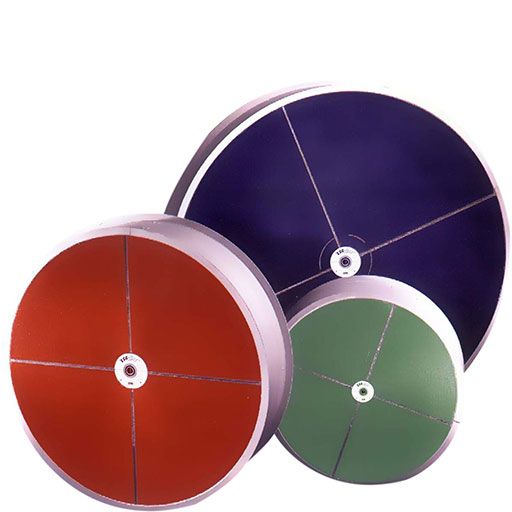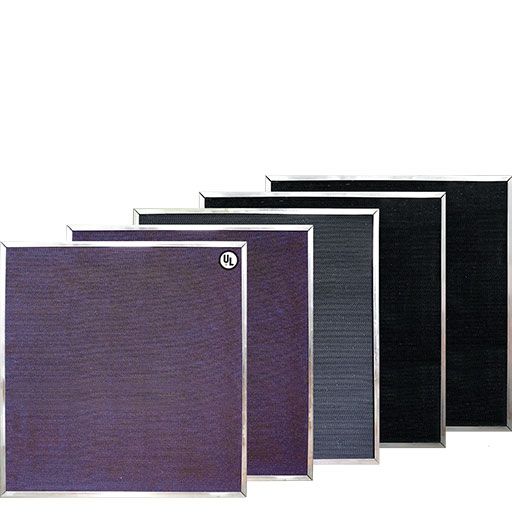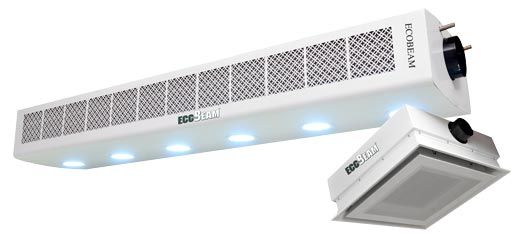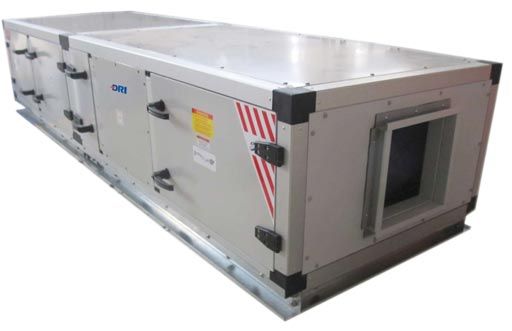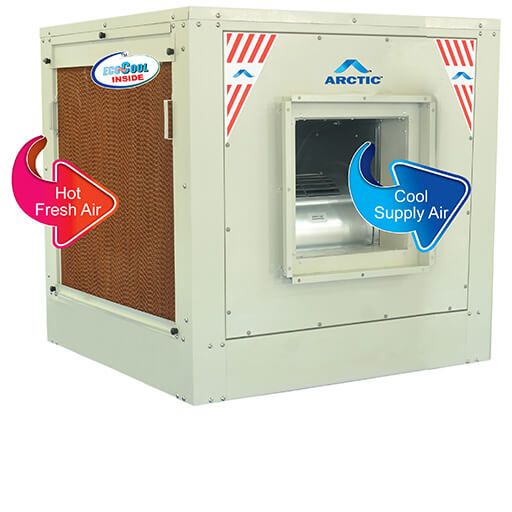Reimagining the Importance of Indoor Air Quality and Energy Efficiency
Various fans and air-circulating devices offer superior indoor air quality and prioritize occupant well-being in most buildings. However, these systems often come at the cost of consuming excessive electrical energy. Recognizing the significance of clean indoor air and the need to minimize adverse health effects, exploring innovative approaches that balance indoor air quality and energy efficiency is crucial.
Understanding the Significance of Indoor Air Quality
With individuals spending an average of 90 per cent of their time indoors, ensuring clean indoor air is paramount for optimal health. Unfortunately, many homes and businesses suffer from contaminated air, which poses risks to occupants’ well-being. Volatile Organic Compounds (VOCs), pollen, radon gas, smog, mould, fumes, and odours are among the culprits that deteriorate indoor air quality. For individuals with chronic diseases, compromised immune systems, or sensitivities to mould and chemicals, indoor air pollution becomes an even more significant concern.
Energy Efficiency and Comfort Conditioning
While ventilation systems play a crucial role in maintaining indoor air quality, they often contribute to increased heating and cooling costs while compromising indoor comfort. Like opening a window to ventilate a room, traditional ventilation systems exhaust air without harnessing its thermal energy. It results in energy loss and discomfort as unconditioned air infiltrates through gaps and cracks in the building envelope, leading to drafts.
Fortunately, Heat Recovery Ventilation (HRV) and Energy Recovery Ventilator (ERV) systems offer energy-saving solutions. These systems utilize heat exchangers to transfer the heat from exhaust air to incoming air, significantly reducing utility bills. HRV units alleviate the burden on HVAC equipment, as conditioned intake air reduces the need for excessive heating and cooling, optimizing system performance.
An HRV system ensures constant fresh, filtered air for those in the building. The higher the rate of heat recovery, the greater the comfort experienced. Less efficient HRV systems may supply fresh air at uncomfortable temperatures, leading occupants to turn the unit off or use it sporadically. Such actions jeopardize indoor air quality since consistent ventilation is vital for maintaining a healthy environment.
Redefining the Paradigm: Indoor Air Quality and Energy Efficiency in Harmony
By embracing innovative technologies and approaches, we can create spaces that offer clean, healthy air while significantly reducing energy consumption. Integrating HRV and ERV systems, with meticulous insulation and air sealing measures, ensures optimal indoor air quality and superior energy performance. Together, we can foster a healthier, more sustainable built environment that promotes the well-being of occupants and minimizes our impact on the planet.
Significance of HRVs in Modern Buildings
In the modern era, buildings are becoming increasingly energy-efficient and airtight, and a fresh air heat recovery ventilator (HRV) has become imperative. These systems offer a solution to maintaining good indoor air quality while conserving energy. With the ever-increasing focus on sustainability and occupant well-being, HRVs have become crucial to modern building design. Here’s why HRVs are the need of the hour for modern buildings.
HRVs provide continuous fresh air to the indoor environment
As buildings become more airtight to prevent energy loss, indoor and outdoor air exchange naturally diminishes. Stale air can accumulate, leading to the build-up of pollutants and contaminants, adversely affecting occupants’ health and well-being. HRVs mitigate this issue by introducing a controlled stream of fresh outdoor air into the building, enhancing indoor air quality.
HRVs recover and reuse the heat energy present in the exhaust air
In winter, the warm air leaving the building preheats the incoming cold fresh air, reducing the load on the heating system. Conversely, in summer, the cool air leaving the building helps to pre-cool the incoming hot outdoor air, decreasing the demand for air conditioning. By utilizing the heat exchange process, HRVs significantly contribute to energy efficiency, lowering utility bills and reducing environmental impact.
HRVs play a crucial role in moisture control
Excessive humidity levels can foster the growth of mould, mildew, and other harmful microorganisms, compromising indoor air quality. HRVs help regulate humidity by transferring moisture from the incoming air to the exhaust or vice versa, depending on the season. This balance in humidity levels not only improves comfort but also prevents the formation of mould and other related issues.
HRVs aid in reducing the strain on heating, ventilation, and air conditioning (HVAC) systems
By pre-conditioning the incoming fresh air, HRVs alleviate the load on the HVAC system, allowing it to operate more efficiently and extending its lifespan. This results in energy savings and reduced maintenance costs over time.
In conclusion, fresh air heat recovery ventilators have become indispensable in modern buildings. They ensure a continuous supply of fresh air, enhance indoor air quality, and promote energy efficiency. With their ability to recover heat and control moisture, HRVs create a comfortable and healthy indoor environment while reducing reliance on heating and cooling systems. As sustainability and occupant well-being remain at the forefront of building design, HRVs are the need of the hour for modern buildings. By embracing these innovative ventilation systems, we can create healthier, more energy-efficient spaces for future generations. Are you looking for a sustainable heat recovery system for your building too? Contact DRI Rotors now to get the best offers.


